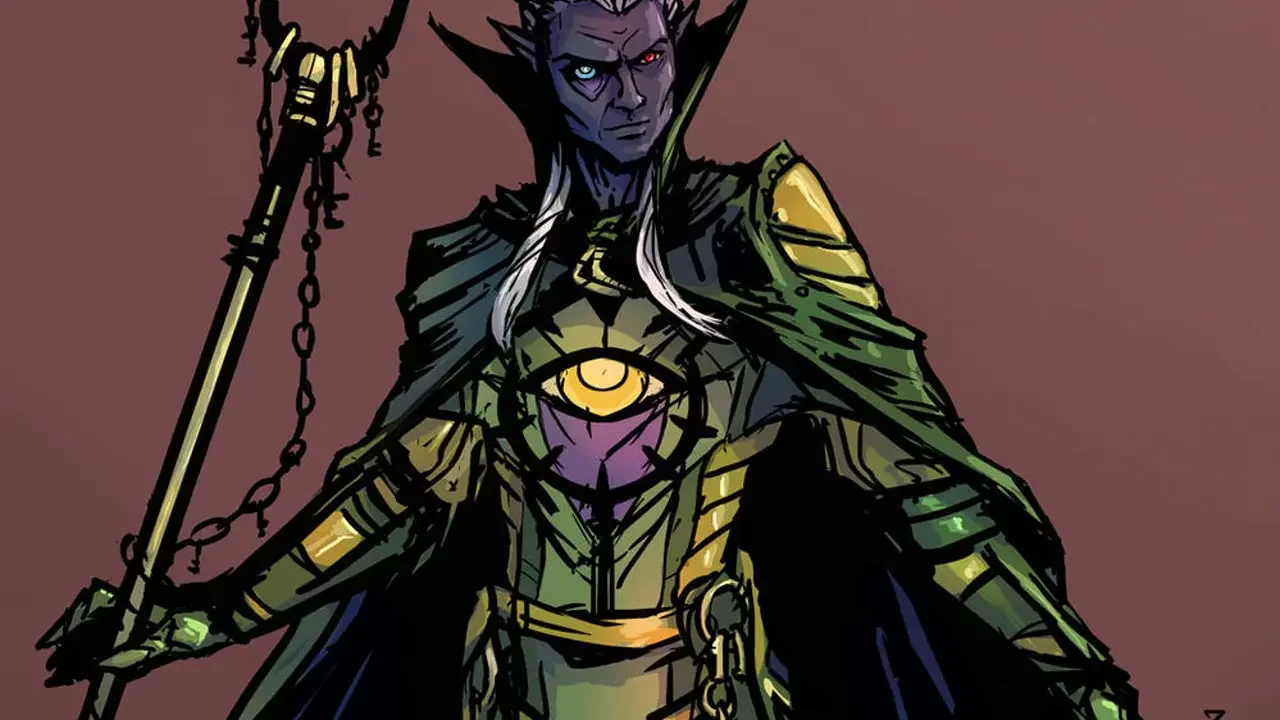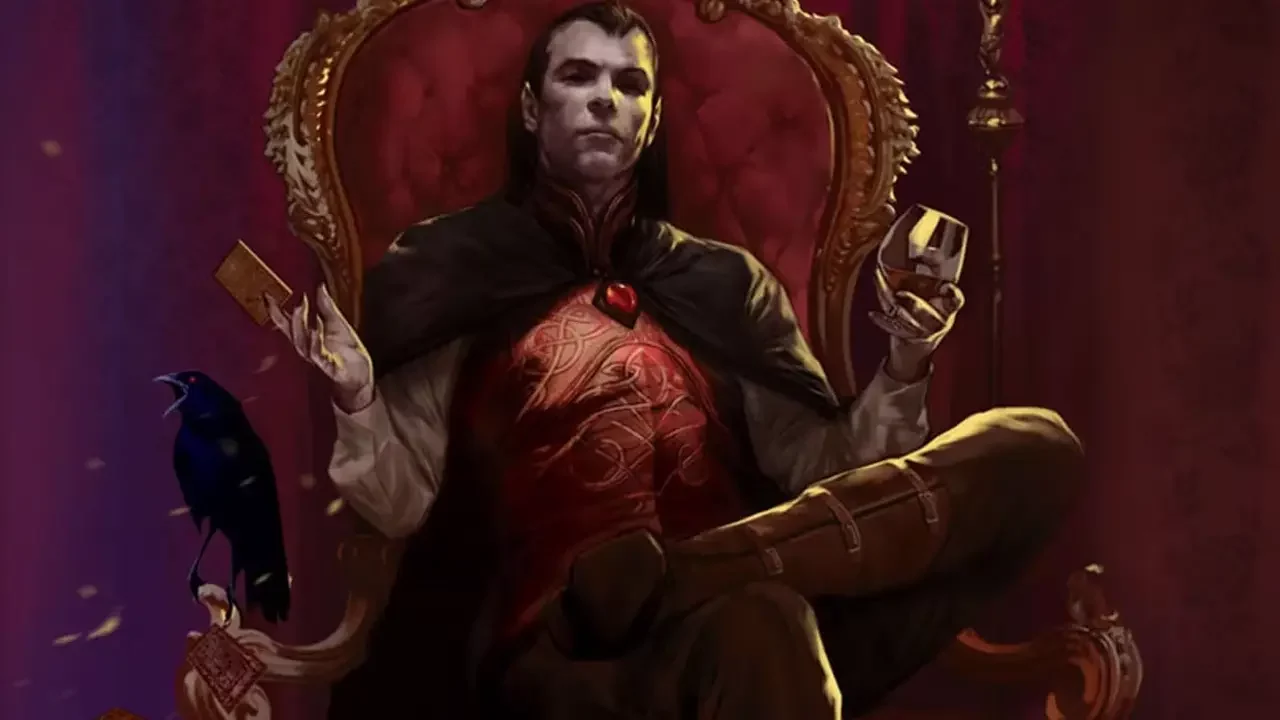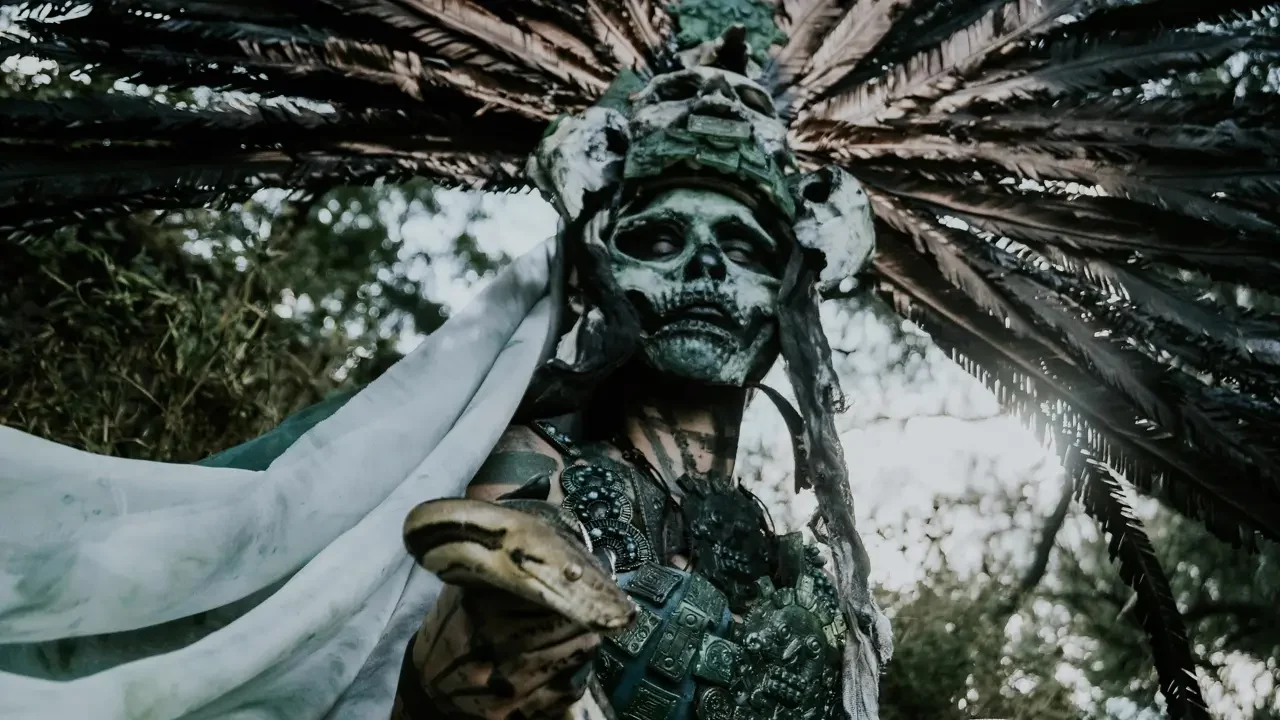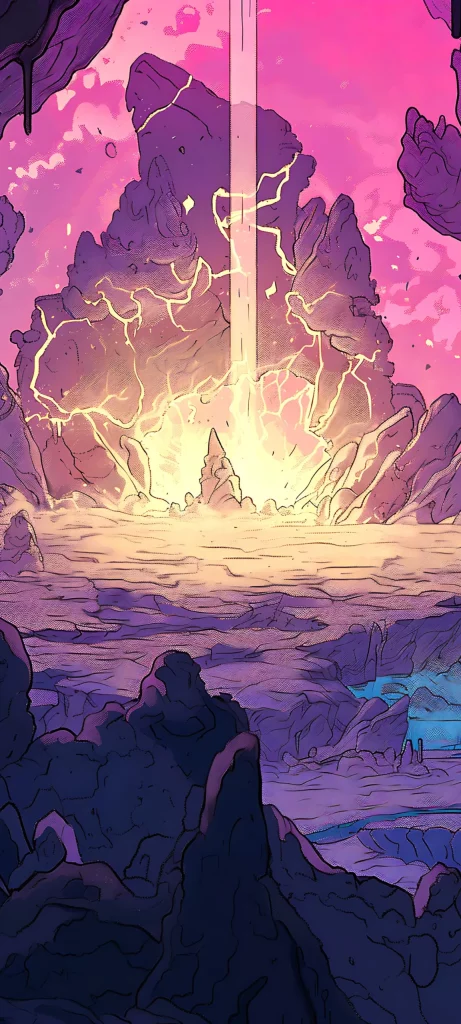
The climactic moment in many tabletop role-playing games (TTRPG) often hinges on the confrontation with a great enemy. This enemy is known as the Big Bad Evil Guy/Gal (BBEG) and they act as the guiding point in many TTRPG.
The BBEG is often the ultimate challenge for the heroes to overcome. A well-written antagonist can greatly increase the experience as they provide a compelling reason to invest in the story. In this article, we'll explore the concept of the BBEG, including its roles, traits, examples, and impact.
What Exactly Is A BBEG?

In TTRPGs, BBEG stands for Big Bad Evil Guy/Gal or simply the "Big Bad." This term defines a specific type of non-player character (NPC) who acts as the primary antagonist for the campaign.
Usually, the BBEG is the mastermind orchestrating the main conflict. They are also ultimate adversary that the heroes eventually face at the climax of the plot. While a campaign can have many lesser antagonists, the BBEG often serves as the "final boss."
The acronym originated around 2001 within online discussions. User "trollbill" coined the phrase, possibly based on the "Big Bad" concept from Buffy the Vampire Slayer.
The term is a common fantasy trope used in storytelling due to its simplicity. There's also an element of self-aware humor in referring to the primary antagonist as the "Big Bad Evil Guy/Gal."
The Role and Function of the BBEG
![write-about-their-relationships A photo shooting of three men posing heroicly while dressed as traditional medieval fantasy characters. Illustrates [alt text].](https://www.michaelghelfistudios.com/wp-content/uploads/2025/01/write-about-their-relationships.webp)
A BBEG shapes the narrative and drives the action within a campaign. Their schemes are often the reason that the adventure started, eventually resulting in the heroes joining forces.
The BBEG is the ultimate obstacle to be overcome, a clear and long-term objective for their heroic endeavors. A BBEG must raise the stakes, such as the dangers of widespread destruction, the threats to loved ones, or the possibility of tyrannical rule.
Early into the game, encountering the BBEG may be indirect. For example, they could control a network of spies, leave clues of a grand scheme, or maybe send veiled threats.
If you wish to add depth to your BBEG, you must consider compelling motivations. At first, they might appear to be an ally or a mentor that later reveals their true identity. Plot twist!
Characteristics, Motivations, and Goals of BBEGs

A BBEG must have a clear goal. This is essential for the players to see the path ahead and the gamemaster (GM) to flesh out the campaign. They could be driven by a hunger for power, a thirst for revenge, or a distorted sense of justice. A BBEG's ambitions should be understandable—even if morally reprehensible.
In order to add to the distinctiveness of a BBEG, many possess an unique ability. It can also be about their appearance, personality, or skill. Anything that sets them apart from the common villainy. Furthermore, a BBEG may display a strategic mind, elaborating intricate plans that adapt to the PCs' actions. In other words, they remain a formidable opponent.
Remember to raise the stakes so as to make the game more emotionally engaging. An effective way to heighten the tention is to establish a personal connection between the BBEG and a PC; maybe they shared a past or a vendetta that resulted in the loss of a loved one.
A good BBEG is a memorable BBEG. In order to ensure that your players remember their enemy, you must define a strong presence. Whenever this villain in on the scene, the players should be brought to an awe—whether through an imposing demeanor, a fearsome reputation, or raw power.
Last, but not least, a villain needs an evil lair. This hideout should be iconic, not a mere cave or abandoned building. It should be imposing and unique, reflecting the BBEG's personality and power. Additionally, lairs often serves as the stage for the ultimate confrontation.
Iconic BBEGs from RPG

Throughout the history of RPG, there are many memorable BBEGs who have captivated players for decades. Here are some examples:
Strahd von Zarovich is the quintessential Big Bad. Strahd is a vampire lord from an official adventure module for Dungeons & Dragons called Curse of Strahd. He is infamous for his tragic backstory, manipulative nature, and ruling over the haunting lands of Barovia.
Vecna is a legendary arch-lich who ascended to godhood. He embodies the archetype of a power-hungry and relentlessly scheming villain. His name echoes with forbidden knowledge and dark secrets.
Xanathar is a Beholder crime lord who rules the underworld of Waterdeep. He offers a different flavor of BBEG, grounded in urban intrigue and driven by greed and paranoia.
Demogorgon is the Prince of Demons. He represents a force of pure chaos and malevolent power, a terrifying entity from the depths of the Abyss.
Tiamat is a five-headed dragon goddess and queen of chromatic dragons. She serves as an epic, world-threatening antagonist in campaigns like Tyranny of Dragons.
There are also many known Big Bads outside of Dungeons & Dragons. For example, Lord of Blades from the Eberron presents a compelling villain driven by a belief in warforged supremacy and a desire to overthrow flesh-based civilizations.
The BBEG's Impact on Player Engagement and Enjoyment

A compelling BBEG is instrumental in fostering player engagement and shaping the overall campaign experience. By providing a significant threat, the Big Bad gives the players a reason to care about the adventure's outcome.
The BBEG's actions are a central focus for the players, guiding their decisions and providing direction. Ultimately, the defeat of a challenging BBEG offers a profound sense of accomplishment for the players.
Encounters and confrontations with the BBEG, or their agents, often become the most vivid and talked-about moments. When the BBEG has a personal connection to the PCs, this can lead to deeply emotional storylines.
Furthermore, the BBEG's actions can have lasting consequences on the game world, making the players' struggle feel more meaningful and impactful as they witness the repercussions of the villain's schemes. Without such a figure, campaigns can sometimes lack a clear sense of purpose or a central conflict to propel the narrative.
How to Create a BBEG

Designing a BBEG requires careful approach. The process often begins with brainstorming the type of villain that best suits the campaign's theme and tone. This initial concept then needs to be fleshed out with backstory, goals, and motivations.
Create memorable encounters by developing unique abilities, skills, and tactical preferences that sets the Big Bad apart. Considering how they might be connected to the PCs' backstories can enhance the personal stakes.
Building a network of allies, minions, and resources for the BBEG creates a more believable threat, requiring the players to confront not just the villain themselves but also their support.
The design of the final confrontation with the BBEG should be epic and memorable, providing a satisfying culmination to the players' efforts. Gamemasters (GMs) can explore alternatives to combat as the ultimate resolution, considering scenarios where the BBEG might be outsmarted, negotiated with, or have their plans thwarted through non-violent means.
While the BBEG has their own agenda, it is essential to allow player agency, ensuring that the heroes' actions impact the story and potentially alter the BBEG's schemes. Railroading players into an unwinnable fight against an invincible villain can lead to frustration, while an easily defeated BBEG can diminish the campaign's impact.
Non-Evil Antagonists in TTRPGs

While the term "Big Bad Evil Guy/Gal" implies a morally reprehensible antagonist, the concept of a central antagonist in a TTRPG campaign can extend beyond traditional notions of evil.
Campaigns can feature antagonists who genuinely believe they are acting for the greater good, even if their methods are questionable or harmful. Morally grey antagonists, whose motivations and actions are not clearly defined as good or evil, can present complex ethical dilemmas for the players.
In some campaigns, the primary antagonist might not be a single individual but rather a force of nature, such as a devastating plague or a cataclysmic event, or even an abstract concept like societal injustice.
Conflicts can also arise from the clash between competing factions, each with their own understandable goals and motivations, where no single side is inherently "evil." The anti-villain archetype represents an antagonist who may possess heroic qualities or goals but employs villainous methods or opposes the heroes for reasons that are not entirely malicious.
Furthermore, some campaigns might focus on overcoming a significant challenge or solving a complex mystery, where the primary obstacle is the situation itself rather than a specific character.
The Enduring Power of the Big Bad

The Big Bad remains a crucial element in creating engaging and memorable experiences in TTRPGs. While the term itself carries a certain lightheartedness, the role of the BBEG in driving the narrative, creating stakes, and providing a central focus for the players' actions is undeniable.
The concept is flexible, from classic villains driven by power to more nuanced antagonists with understandable, if misguided, motivations. Whether it's a tyrannical dragon, a cunning sorcerer, a morally conflicted leader, or even a force of nature, the presence of a compelling central antagonist is often the keystone that holds a TTRPG campaign together.
The art of crafting a truly effective antagonist lies in understanding their motivations, developing their complexities, and weaving them seamlessly into the game world, ensuring they leave a lasting impression long after the final dice have been rolled.



